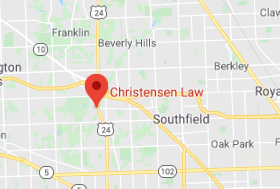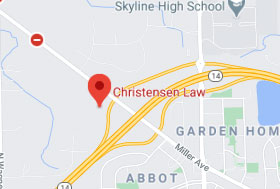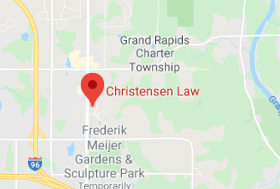There’s a lot of paper involved in a lawsuit. It can be hard to know what is important and what to look for. Here’s a summary of some of the paper your lawyer may be sending you: Auto Insurance Claim
In the beginning, you will need to file a claim with each auto insurance company involved. Each company has its own form, and its own deadlines for when they need to be completed.
Refusal /Rejection of Claim
This is a letter from your insurance company saying it will not pay all of your claim. These letters can be called many different things, but they all tend to say the same thing: you won’t be getting the money without a fight.
Summons & Complaint
The Summons & Complaint is a state-approved form that notifies your insurance company, and any other defendants, that they are being sued. It also states your file number and assigned judge. The Complaint, which is sent along with the “Summons & Complaint” gives a general description of your legal claim: what happened, who each party is, and generally how much you will be seeking in damages. It doesn’t get specific. That comes later.
Answer to Complaint
After the defendants receive your Complaint, they will each file an Answer to Complaint. The Answer responds to each paragraph of the Complaint by number and then raises a number of “affirmative defenses.” These defenses are the strategies the insurance company may use to defend against your case. Usually, these Answers include defenses that won’t end up applying to your case, but if they don’t list them, they can’t assert them later on. To read this document, put it side by side with the Complaint. Read each paragraph of the Complaint and the related paragraph of the Answer to see the company’s response.
Discovery Documents
There are a number of different papers that fall in the category of “discovery documents” including requests for documents, questions (called interrogatories), subpoenas, and requests to admit.
No-Fault Discovery Information Gathering
Motions
A “Motion” is a request for the court to do something. There can be motions about the exchange of documents, like a “Motion to Compel Discovery” or a “Motion to Limit Discovery”. There can also be motions about timing or process, like a “Motion to Adjourn Trial.”
The most important motion is the “Motion for Summary Disposition”, “Motion for Summary Judgment” or “Motion to Dismiss”. These motions say there is something wrong with your complaint, or a defendant’s response, and that there is no way to win at trial.
When one side files a motion, the other side is usually allowed to file a “Response” explaining why the judge shouldn’t do what is requested. When it is a motion for summary disposition, that response will be what keeps your case from getting dismissed without a trial.
Briefs
When your lawyer needs to make a complicated legal point, he or she will do it in a “Brief in Support” of a motion. This is where your lawyer can get specific about the facts and law that applies to your case.
Notice of Hearing
Any time your case comes up in court – whether for a motion, settlement conference, status conference, or trial – you will receive a Notice of Hearing. These say the date, time, and location of the hearing. You may also receive notices for mediation, case evaluation, or arbitration.
Pay special attention to any Notice of Hearing. It may require you (a party) to appear as well as your lawyer. If you are ever not sure, contact your attorney’s office to find out whether you need to attend.
Proof of Service
The end of every packet of paper you get from your lawyer will have a “Proof of Service”. This document tells the court when all the other documents were sent out.
Status Updates and Settlement Offers
Throughout your case, your attorneys may send you other letters giving you status updates or describing settlement offers received from the defendants. Make sure you read everything your lawyer sends carefully and respond promptly if necessary.
Orders
Any time a Motion is filed, the court will respond in an Order. An order is how a judge does anything. It may do anything from rescheduling a hearing, requiring a party to do something, or resolving an issue in the case. Sometimes your attorneys will hand write an order right in the courtroom. Other times, one attorney will prepare the order and send it to the court for signature.
If everyone in the case agrees on something, you may also receive a “Stipulation and Order.” The stipulation part of this order includes signatures from each attorney, and sometimes each party, saying they agree on the contents of the order.
Judgments
When your case, whether it settles or goes to trial, the last paper in the case is the Judgment. This is a special kind of order that resolves the case. If you lose entirely, your case will be dismissed “with prejudice” which prevents you from filing the case again. If you win, it will specify how much money the insurance company or defendant has to pay you. It may also include how the payments will be made, and over how long. The Judgment may also award you attorney fees, costs, and interests, if the court believes they are appropriate based on the defendants’ actions.
Your lawyer doesn’t send you paper “just because.” Make sure to review everything you receive from the firm. If you don’t understand what something means, the team at Christensen Law will be happy to walk you through it.




